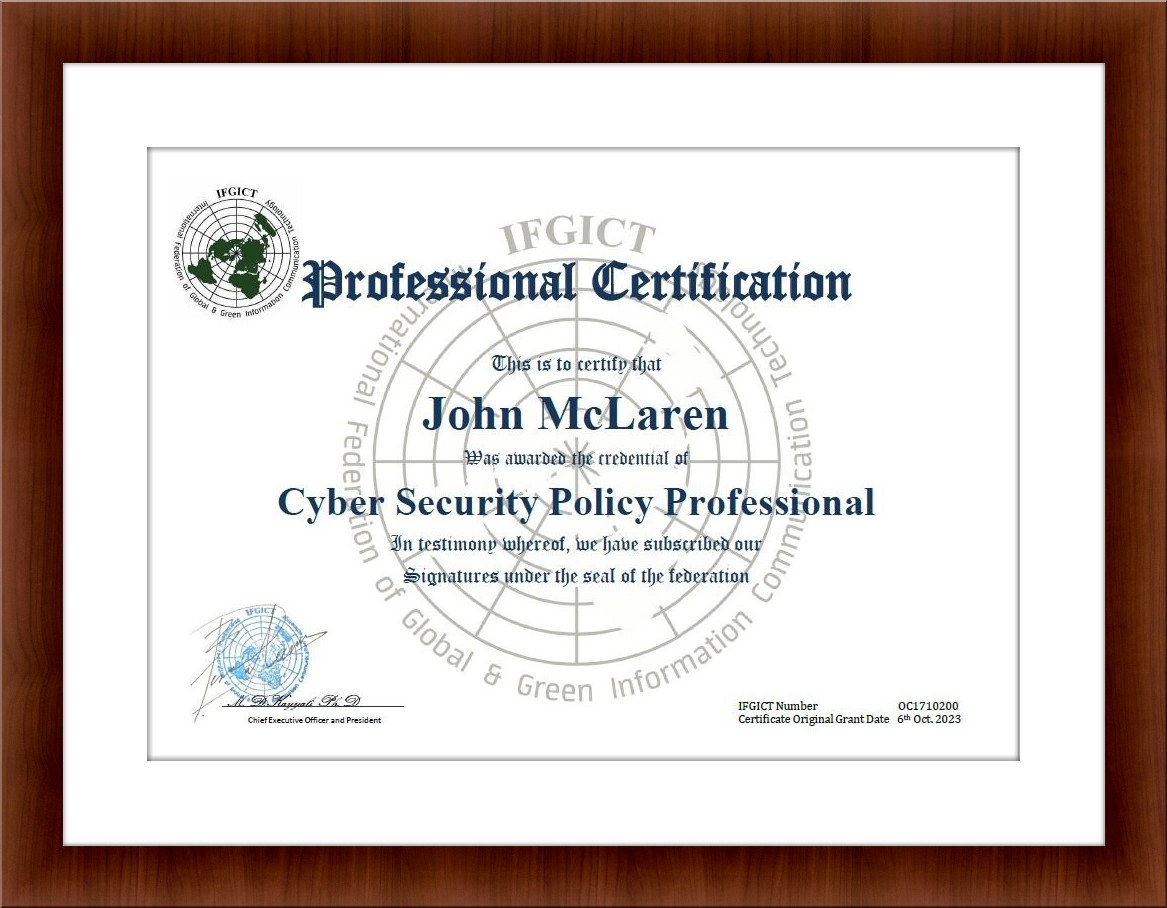Strategic Human Resource Planning (HRP) is essential for organizations to align their human capital with business objectives, anticipate future workforce needs, and ensure sustainable growth and success. This comprehensive guide outlines the key steps involved in strategic HRP, providing insights and practical strategies for HR professionals to develop and implement effective workforce plans that drive organizational performance.
Understanding Strategic Human Resource Planning:
Strategic HRP is the process of forecasting future workforce requirements, identifying gaps between current and desired talent levels, and developing strategies to address these gaps in alignment with organizational goals and objectives. It involves analyzing internal and external factors that impact the workforce, such as business strategy, industry trends, demographic shifts, and technological advancements.
Steps to Strategic Human Resource Planning:
Environmental Scanning
Conduct a comprehensive analysis of internal and external factors that may impact workforce planning, including business strategy, industry trends, regulatory changes, economic conditions, and technological advancements.
Identify key drivers of change and emerging trends that may affect the organization’s talent needs and workforce capabilities.
Establish Organizational Objectives
Align workforce planning objectives with the organization’s strategic goals, mission, and vision.
Define specific workforce metrics and targets related to recruitment, retention, succession planning, workforce diversity, and talent development.
Assess Current Workforce
Conduct a thorough assessment of the organization’s current workforce, including skills, competencies, demographics, performance, and potential.
Identify strengths, weaknesses, opportunities, and threats (SWOT analysis) to inform workforce planning decisions and strategies.
Forecast Future Workforce Needs
Use quantitative and qualitative methods to forecast future workforce requirements based on business projections, growth plans, and anticipated changes in the operating environment.
Consider factors such as employee turnover, retirement trends, skills shortages, and technological disruptions when forecasting future talent needs.
Visit this also: types of leave
Identify Talent Gaps
Compare forecasted workforce requirements with the current workforce profile to identify gaps in skills, competencies, and talent availability.
Prioritize critical roles and skill sets that are essential for achieving organizational objectives and addressing strategic priorities.
Develop Action Plans
Develop action plans and strategies to address identified talent gaps and align the workforce with organizational objectives.
Consider a range of workforce planning interventions, including recruitment, training and development, talent acquisition, succession planning, and workforce restructuring.
Implement and Monitor
Implement workforce planning initiatives in alignment with the action plans developed.
Monitor progress, track key performance indicators (KPIs), and adjust strategies as needed to ensure effective execution and achievement of desired outcomes.
Best Practices in Strategic Human Resource Planning:
Involve Key Stakeholders:
Engage senior leadership, line managers, HR professionals, and other key stakeholders in the workforce planning process to ensure alignment with organizational goals and objectives.
Use Data-driven Insights:
Leverage data analytics, workforce analytics, and predictive modeling techniques to inform decision-making and identify emerging talent trends.
Foster Flexibility and Adaptability:
Build flexibility into workforce planning processes to adapt to changing business conditions, market dynamics, and technological disruptions.
Promote Collaboration and Communication:
Foster collaboration and communication across departments, functions, and levels of the organization to facilitate knowledge sharing, innovation, and cross-functional teamwork.
Continuously Evaluate and Improve:
Regularly review and evaluate the effectiveness of workforce planning initiatives, gather feedback from stakeholders, and incorporate lessons learned to continuously improve HR planning processes and practices.
Conclusion:
Strategic Human Resource Planning is a critical process that enables organizations to anticipate and address future talent needs, align the workforce with business objectives, and drive organizational performance. By following the steps outlined in this guide and adopting best practices in HRP, HR professionals can develop and implement effective workforce plans that support sustainable growth, agility, and competitiveness in today’s dynamic business environment. Human Resource Planning (HRP) is essential for organizations to align their human capital with business objectives, anticipate future workforce needs, and ensure sustainable growth and success.
Visit: kaimtechworld











